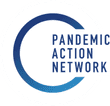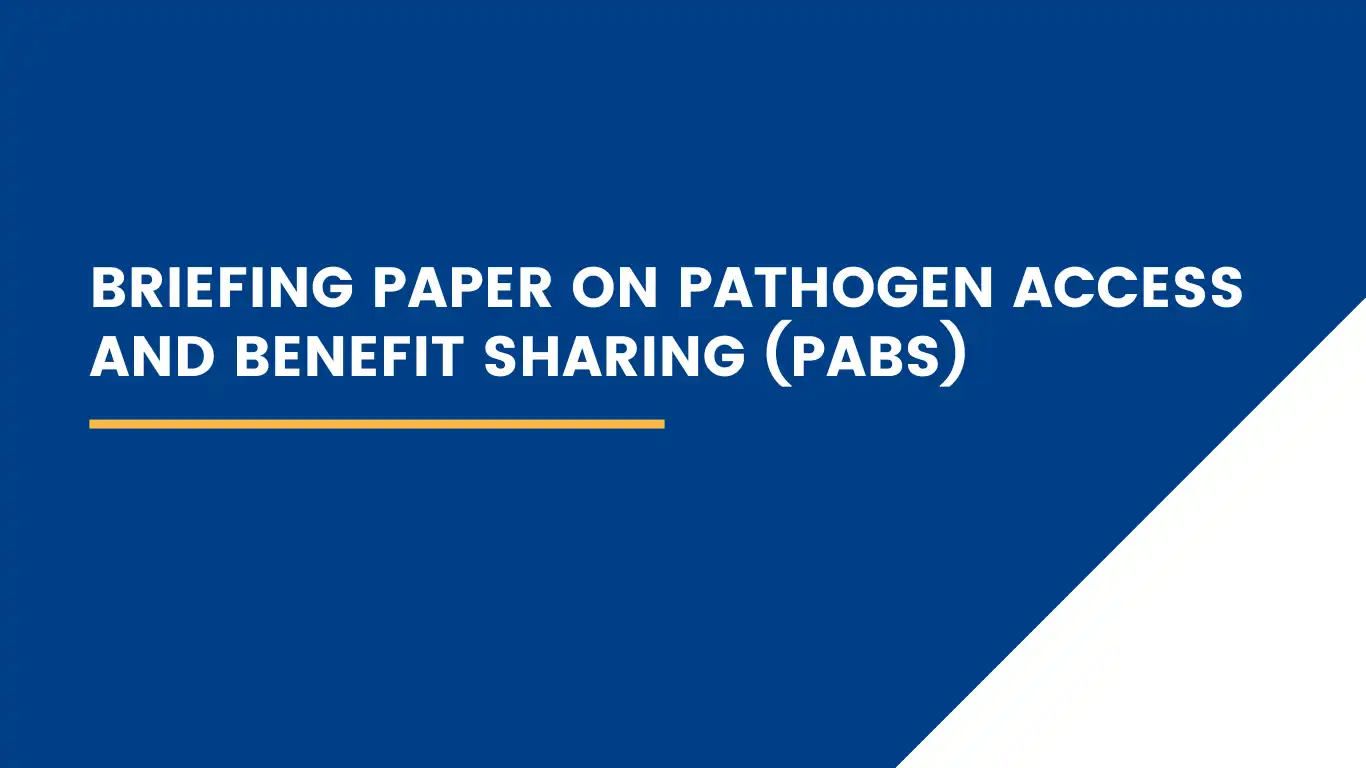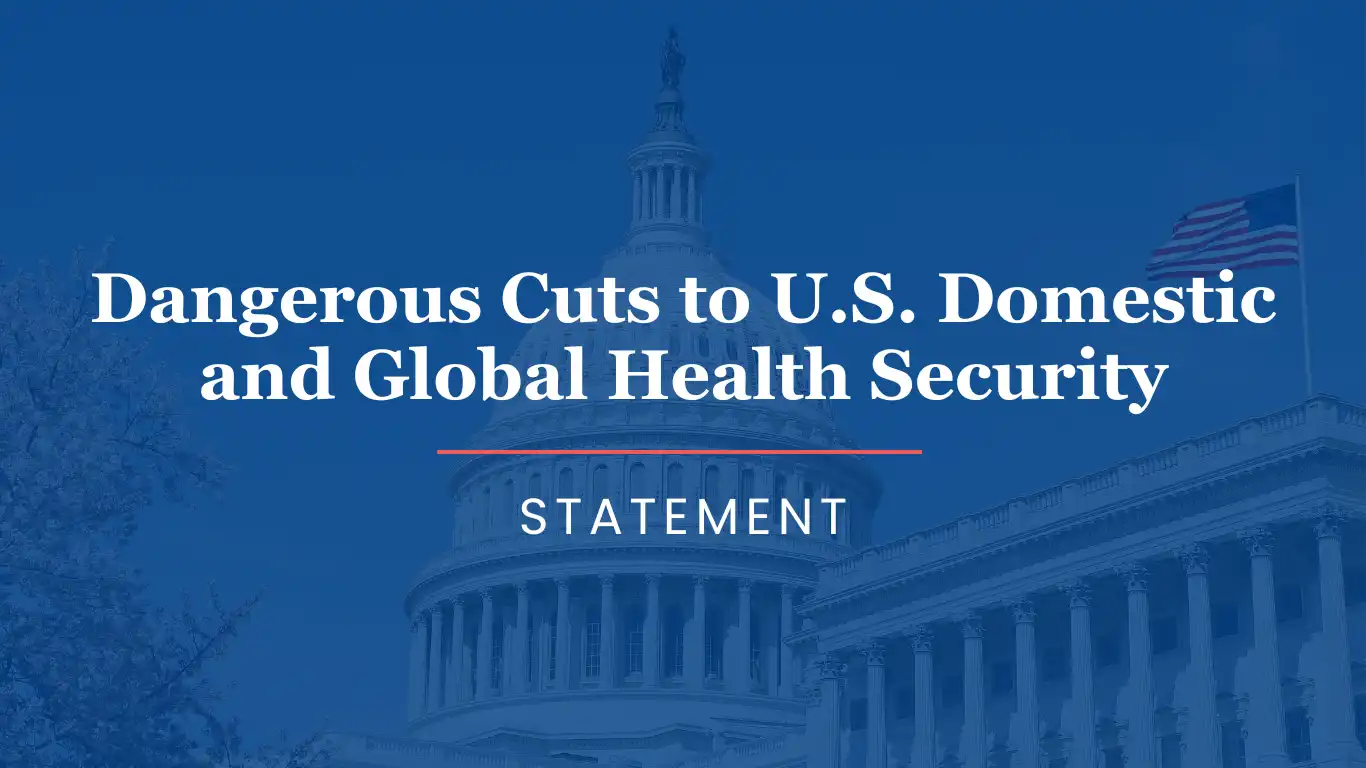Americans have felt too recently how health threats can come from anywhere, and how quickly a localized disease outbreak can turn into a globally reaching health emergency. One of the best tools we have to face infectious disease threats head-on — and keep us safe from infectious diseases known and unknown — are health security partnerships. Working with medical professionals, researchers, technical institutions, and communities at home and around the world allows us to detect, track, innovate, and respond to threats before they jeopardize lives and livelihoods in the United States.
Over the past few weeks, we have witnessed the U.S. government make a troubling retreat from both leadership and partnerships that uphold health security and keep America safe, strong, and prosperous. This includes significantly restricting medical research funding and programming, limiting access to critical public health data, withdrawing from the World Health Organization, and freezing all foreign aid. At a time when our world is increasingly at risk of pandemic threats, this feels like a gamble that will not pay off.
In 2025 alone, H5N1 is continuing to spread among poultry and livestock in the United States, leaving the door open for mutations that make the virus more susceptible to human transmission. New outbreaks of mpox, Ebola, and Marburg viruses, and troubling spikes of tuberculosis and HMPV infections, have been detected from South Sudan to northern China to Kansas City. The disease threats aren’t stopping, and our multipronged approach to preparing for and responding to threats can’t stop either.
When Ebola reached American soil in 2014, the U.S. was ready with highly-skilled medical experts equipped to isolate and treat patients — saving their lives, and protecting the American public from exposure to the virus. Even before that, U.S. experts, including teams from USAID and CDC, were working with African and global partners to help detect, contain, and stop the outbreak in West Africa, and to mitigate the risk of the virus spreading. In 2015, when Zika became a threat to the U.S., a strong public communications campaign was launched to help explain the risk to average Americans and help outline protective steps — especially for pregnant women — to protect against known impacts like microcephaly. Again, through longstanding country partnerships facilitated by USAID and CDC, the U.S. not only had a leg-up on understanding and tracking this virus, but also played an important role in mitigating the risks. And while there are positive and negative takeaways from the domestic and international response to COVID-19, there is no doubt that long standing investments in medical research and decisive U.S. leadership — including the highly successful Operation Warp Speed — helped accelerate the development of the best tools we have to detect, prevent, and treat the virus. In all cases, U.S. health security investments and partnerships were vital to protecting American health, safety, and security.
To uphold the health and security of people in the United States, the U.S. must continue to make strategic investments in research and public health capacities, and be a trusted and reliable partner to countries around the world. These efforts are essential so that our own scientists and policy-makers can monitor, understand, and develop new tools and approaches to respond to infectious disease threats, and so that we have trusted relationships that provide access to real-time information and data to inform our actions and investments at home. It is in all of our interests for countries around the world to have the capabilities to detect, prevent, and contain outbreaks before they become even more deadly and costly pandemics. U.S. investments that support capacity building, skills training, and a strong, well-equipped health workforce are essential so that partner countries can also deliver on their potential to keep the world safer.
As the U.S. Administration charts a path forward for health security, we underscore the vital roles of strong and trusted medical research, foreign aid, and public health investments — all supported and advanced by partnerships. Now is the time to double down on health security partnerships, and support the effective systems that help keep people in the U.S. safe from infectious diseases threats. These investments are squarely in America’s national security interest, and have ripple effects that uphold U.S. global leadership and save lives around the world.



